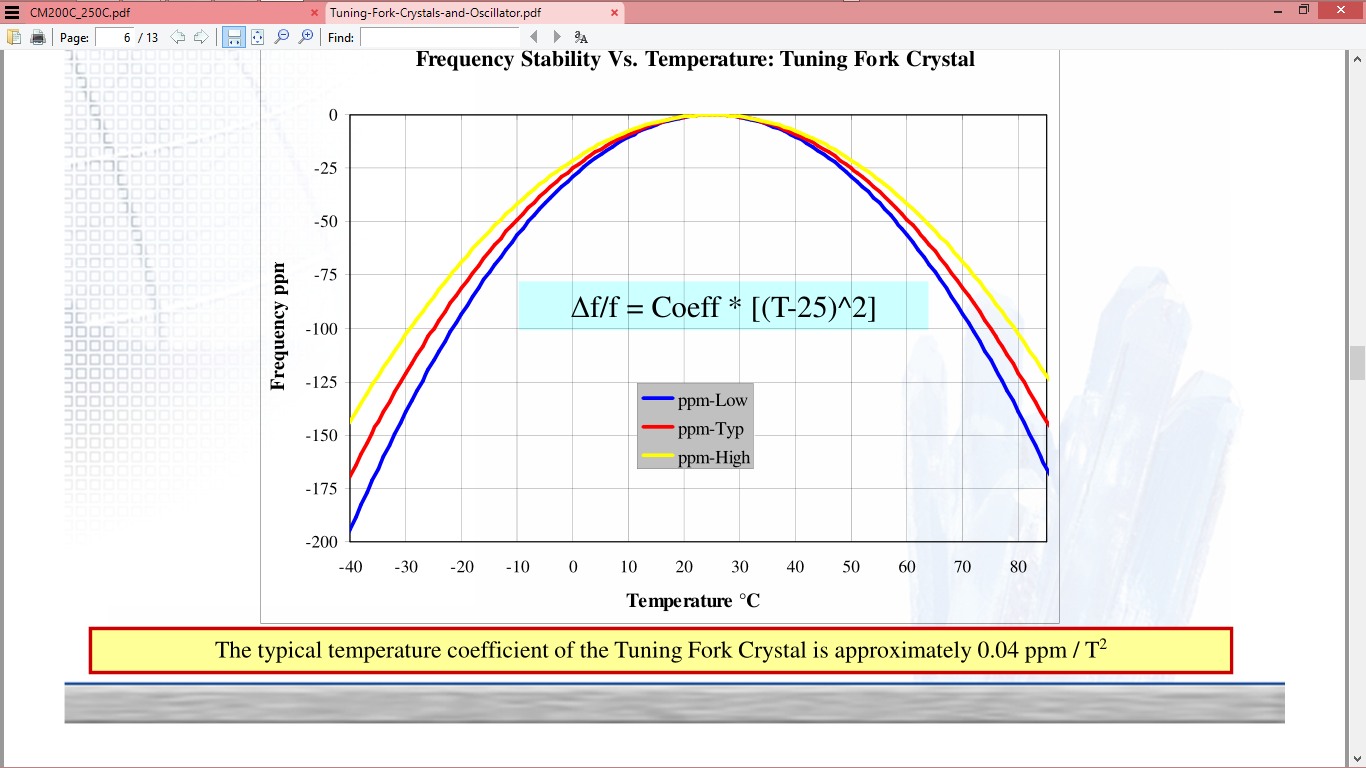Alper özel
Member level 1
- Joined
- Feb 28, 2015
- Messages
- 40
- Helped
- 0
- Reputation
- 0
- Reaction score
- 0
- Trophy points
- 6
- Location
- Turkey / Scotland
- Activity points
- 487
Hi, I need a 32768 Hz crystal and I found only one crystal which covers my requirements. However, this one is a bit strange. Please look at the following picture:

You see, the crystal is between pin 1 and 4. But what about the other shorted pins 2 and 3? Why do I need them, What do I have to do with them? How to prepare a layout for this type of quartz? You can find the component here: https://www.digikey.com/product-detail/en/CM200C32768HZFT/300-8742-1-ND/2108134
Thanks.

You see, the crystal is between pin 1 and 4. But what about the other shorted pins 2 and 3? Why do I need them, What do I have to do with them? How to prepare a layout for this type of quartz? You can find the component here: https://www.digikey.com/product-detail/en/CM200C32768HZFT/300-8742-1-ND/2108134
Thanks.
